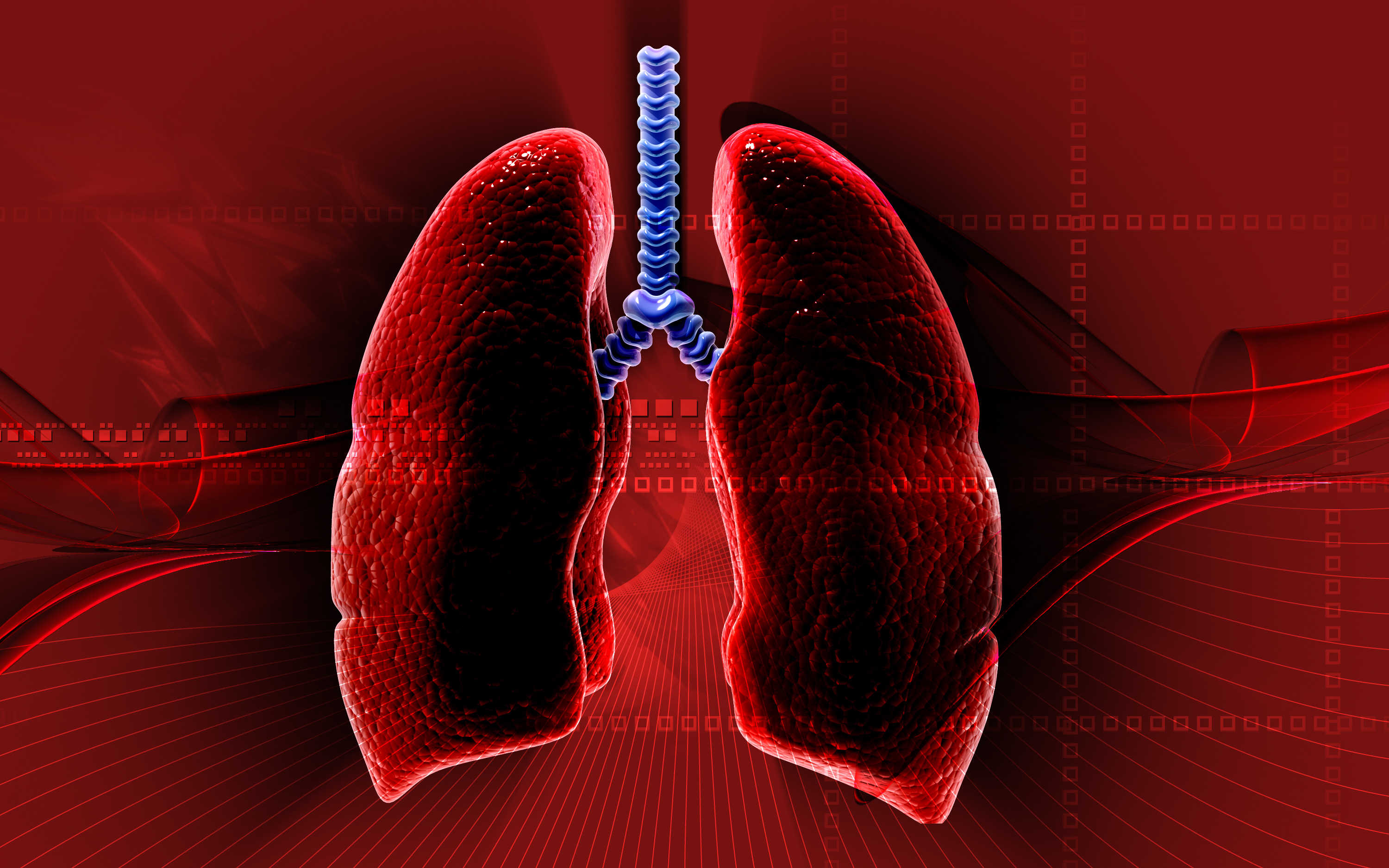ARDS in mechanically ventilated patients with community-acquired pneumonia

ARDS in mechanically ventilated patients with community-acquired pneumonia
EJRC ARTICLE REVIEW
Acute Respiratory Distress Syndrome (ARDS) represents a major problem in the intensive care unit (ICU) setting, with community-acquired pneumonia (CAP) being one of the major risk factors (1,2). However, since the release of the Berlin Definition of ARDS (3) data about the relation of ARDS and CAP has remained limited.
Cilloniz et al. (4) conducted a post-hoc analysis of prospectively collected data with the aim to assess the 30-day mortality of invasively or non-invasively mechanically ventilated (MV) ICU patients with severe CAP with and without ARDS. Investigators also aimed to assess the incidence, clinical characteristics, aetiology, and risk factors, as well as explore differences between the two groups. The presence of ARDS was assessed with the Berlin Definition based on data gathered within the first 24 hours from hospital admission.
Findings
Over a 20-year period (1996-2016), 5334 patients were hospitalised with CAP; 930 of these patients (17%) were admitted to the ICU. ARDS occurred in 125 (29%) of the 432 ventilated patients with CAP, affecting 2% of all CAP hospitalised patients and 13% of those admitted to the ICU. ARDS was mild in 48%, moderate in 40% and severe in 12% of the cases. Half of the cases in both groups had an etiological diagnosis, with S.pneumoniae by far the most common isolate. Etiology did not differ substantially between the two groups. Independent risk factors for ARDS included a higher SOFA score and previous antibiotic treatment, while, interestingly, prior treatment with inhaled corticosteroids was protective (model predictive for ARDS with AUC 0.66, 95%CI 0.60-0.71). The 30-day mortality rate was similar in patients with and without ARDS (25% vs. 30%, p=0.25), even after adjusting for potential confounders. In the pneumococcal CAP sub-group, ICU mortality was significantly higher in patients with ARDS, however, neither 30-day mortality nor in-hospital mortality reached statistical significance. In the ARDS sub-group, 30-day mortality varied according to severity (32%, 33% and 60% for mild, moderate and severe ARDS, respectively). Independent risk factors for 30-day mortality included older age, previous antibiotic treatment, other chronic pulmonary diseases, chronic cardiovascular and liver disease, higher SOFA score and inadequate empiric antibiotic treatment (model predictive for mortality with AUC 0.66, 95%CI 0.75-0.84). It is noteworthy that having a previous episode of pneumonia and pneumococcal vaccination was independently associated with reduced 30-day mortality.
The authors noted that the lack of association between ARDS and mortality in ventilated CAP patients might be attributed to a stronger relationship between mortality and the need for mechanical ventilation than with ARDS itself. They also noted that the association of inhaled corticosteroid use with reduced incidence of ARDS and prior antibiotic use with elevated mortality needs confirmation in future studies.
Strengths & Limitations
The strengths of the study include the large size of the sample, the consecutive and prospective data collection, the use of the Berlin Definition for ARDS, and the statistical analysis using the propensity score to account for bias.
Apart from the single-centre design of the study that commands cautious extrapolation of the results, limitations include the very long period of recruitment, the fact that Berlin Definition is applicable only to patients under positive MV and a potential underestimation of the rate of respiratory viruses in CAP etiology.
Take Home Messages
This study found that with ventilated patients with severe CAP,
- ARDS was unrelated to either etiology or mortality.
- The presence of ARDS should not determine the empiric antibiotic treatment.
Article review for the ESICM Journal Review Club on behalf of the Pneumonia-WG provided by Dr. Evdoxia Tsigou and Dr. Despoina Koulenti.
References
- Confalonieri M, Salton F, Fabiano F. Acute respiratory distress syndrome. Eur Respir Rev 2017; 26: 160116.
- Bellani G, Laffey JG, Pham T, et al. Epidemiology, patterns of care, and mortality for patients with acute respiratory distress syndrome in intensive care units in 50 countries. JAMA 2016; 315: 788–800.
- Ranieri VM, Rubenfeld GD, Thompson BT, et al. Acute respiratory distress syndrome: the Berlin Definition. JAMA 2012; 307: 2526–2533.
- Cilloniz C, Ferrer M, Liapikou A, et al. Acute respiratory distress syndrome in mechanically ventilated patients with community-acquired pneumonia. Eur Respir J 2018; 51: 1702215